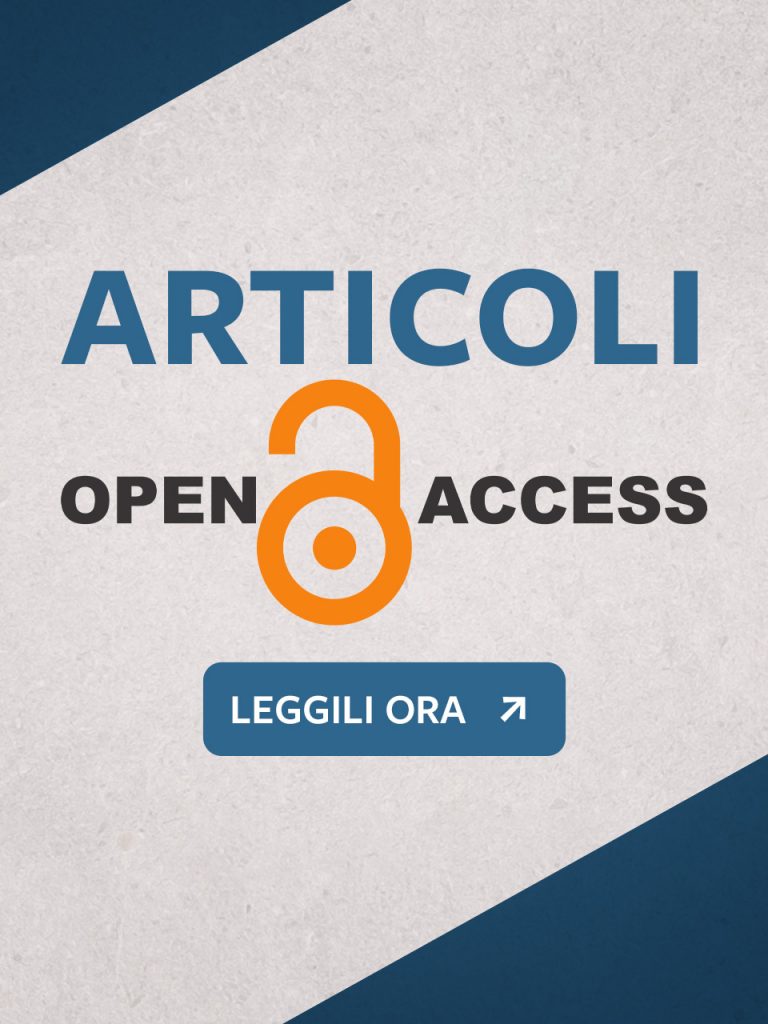Telepractice in Speech and Language Therapy and in Managing Stuttering
Alice Disarò, Claudio Zmarich, Federica Chiari, Caterina Pisciotta, Anna Accornero
The use of technologies to provide speech and language therapy services is not a recent phenomenon and a considerable number of papers have examined various factors to understand which ones favour the sustainability of telepractice and which ones represent a challenge. Some authors have suggested that the acceptance of telepractice by the healthcare professional is the key factor in ensuring its spread. The objective of this study is to investigate the perception and acceptance of telepractice by speech and language therapists operating in Italy and to investigate its use on clients with stuttering. To achieve the aforementioned objectives, a survey was created and was sent via e-mail to the members of the Federazione Logopedisti Italiani. From analysis of the results, a limited use of telepractice before the year 2020 surfaced, alongside a positive perception regarding this application. Moreover, the response regarding the technologies and platforms used and the satisfaction of the speech and language therapists were positive, although some critical issues emerged, such as the perception of a lower-quality therapeutic relationship and communicative exchange or the reduction of client attention and collaboration. We can observe an improvement in the speech and language therapists’ attitude towards telepractice after the first sessions. Looking into its implementation on clients with stuttering, the data show that speech and language therapists have the perception of less effectiveness of eye contact, non-verbal communication and the expression of emotions during the communicative exchange with clients who stutter.
Keywords
Telemedicine, Telepractice, Stuttering, Survey, Federazione Logopedisti Italiani.

